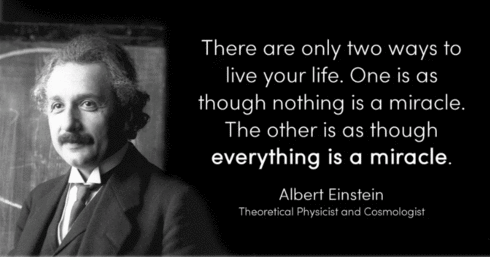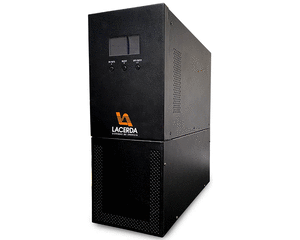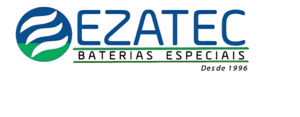INTERNATIONAL COOPERATION IN THE SPHERE OF MANNED FLIGHTS. PART 2. DEVELOPMENT AND OPERATION OF THE INTERNATIONAL SPCE STATION
Derechin a.g., Zharova l.N., Sinyavskiy v.v., Solntsev v.l., Sorokin I.v.
S.P. Korolev Rocket and Space Public Corporation Energia (RSC Energia)
4A Lenin str., Korolev, Moscow reg., 141070, Russian Federation, e-mail: post@rsce.ru
Problems of the international cooperation during development and operation of the Russian
Segment (RS) of the International Space Station (ISS) are discussed. Consideration is given
to the history of the project and the structure of the joint management bodies. The solution
of international legal matters including property and resource allocation issues in the context
of the difficulties in financing the national manned space program in the nineties and in the
early 2000s is addressed. The progress of the program implementation is described, it is noted that
Russia fulills all international obligations incurred. The role of RSC Energia in providing delivery
of the crews and cargoes to the ISS upon termination of the U.S. Space Shuttle lights is emphasized.
The results of cooperation and the examples of mutual assistance of the partners, difficulties
of generating segments and agreements on extension of the ISS operation are shown. Science programs
fulfilled jointly with foreign colleagues are summarized.
Key words: manned cosmonautics, international cooperation, the International Space Station,
the ISS, the Russian Segment, scientific experiments, international legal matters, financing of the
ISS program.
Ракетно-космическая корпорация «Энергия» имени С.П. Королёва (РКК «Энергия»)
Ул. Ленина, 4А, г. Королёв, Московская обл., Российская Федерация, 141070, e-mail: post@rsce.ru
S.P. Korolev Rocket and Space Public Corporation Energia (RSC Energia)
4A Lenin str., Korolev, Moscow reg., 141070, Russian Federation, e-mail: post@rsce.ru.

.gif)











































